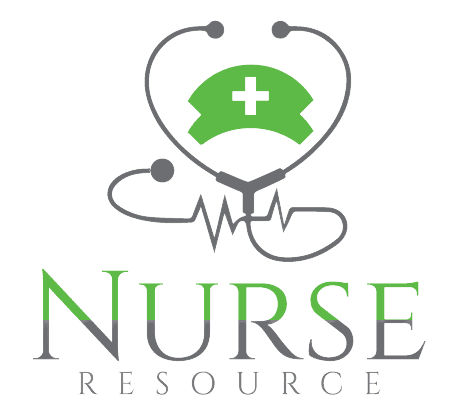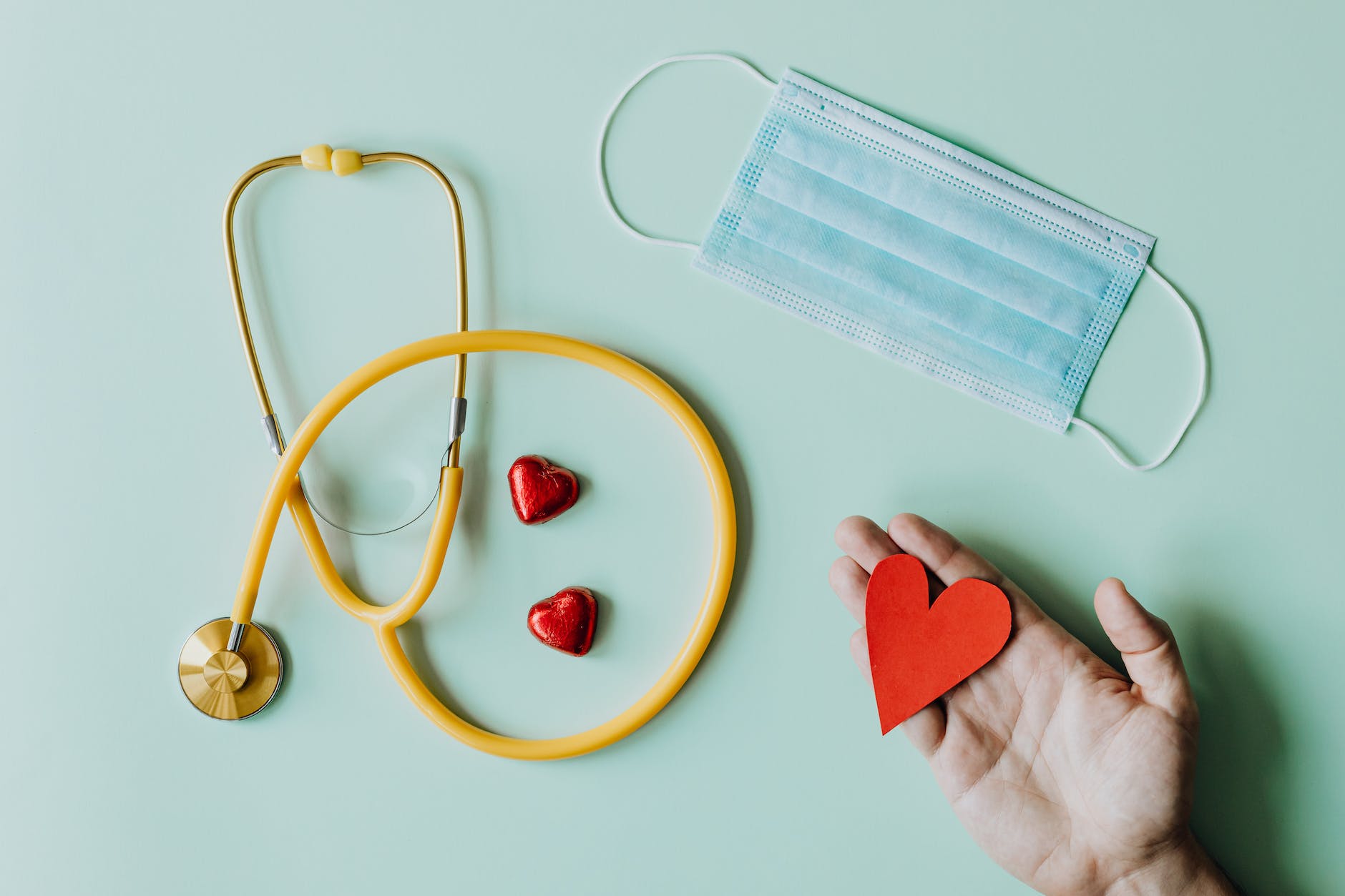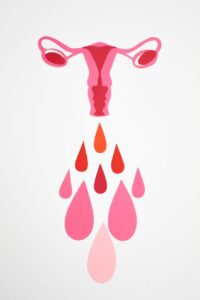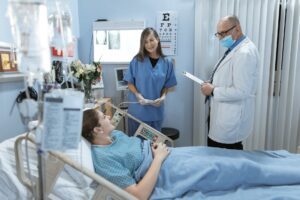As a nurse, having the right supplies is essential for providing quality care to patients. From stethoscopes to scrubs, having the right supplies can make a nurse’s job easier and more efficient. Here are 10 must-have nursing supplies every nurse should own to ensure they are well-equipped for their job.
Stethoscope: A stethoscope is a medical device used to listen to the sounds of the body, particularly the heart and lungs. It consists of a small chest piece, usually made of metal, that is placed against the patient’s skin, and a pair of ear tubes connected to the chest piece. The sound waves generated by the body’s internal organs are transmitted through the chest piece and into the ear tubes, allowing the user to hear them. Stethoscopes are commonly used by doctors, nurses, and other healthcare professionals to diagnose and monitor the health of their patients.
There are several factors to consider when choosing a stethoscope. One of the most important is comfort, as the device will likely be worn for long periods of time. A stethoscope should be lightweight and easy to hold, with soft ear tips that fit comfortably in the ear. The chest piece should also be comfortable to hold and press against the skin. In addition, the stethoscope should have good acoustics, with a clear and loud sound that allows the user to easily hear the body’s internal sounds.
Scrubs: Scrubs are uniforms worn by nurses and other healthcare professionals. They are typically made of a lightweight, breathable fabric, such as cotton, and are designed to be comfortable and easy to wear for long periods of time. Scrubs are often available in a variety of colors, with different colors traditionally associated with different departments or specialties. For example, blue scrubs are often worn by surgeons, while green scrubs are often worn by nurses working in an operating room.
In addition to comfort and durability, another important consideration when choosing scrubs is the ease of cleaning. Nurses often have to work in environments where they come into contact with bodily fluids and other potentially hazardous materials, so it is important for their scrubs to be easy to clean and maintain. Many scrubs are machine washable and resistant to stains and odors, making them a practical choice for busy healthcare professionals.
Medical Chart: A medical chart is a record of a patient’s medical history, diagnoses, treatments, and other relevant information. It is an important tool for nurses and other healthcare professionals, as it allows them to track a patient’s progress and make informed decisions about their care. A good medical chart should be organized and easy to read, with clear headings and sections for different types of information. It should also be kept up-to-date, with any new information or changes to the patient’s care documented in a timely manner.
There are several types of medical charts, including paper charts, electronic charts, and hybrid charts that combine elements of both. Paper charts are the most traditional type and are still commonly used in many healthcare settings. They are portable and easy to use but can be prone to errors and are not always as efficient as electronic charts. Electronic charts, on the other hand, are more efficient and accurate but may require more time and training to use. Hybrid charts offer a compromise between the two, combining the convenience of paper charts with the accuracy and efficiency of electronic charts.
Bandages: Bandages are pieces of material used to cover and protect wounds and injuries. They come in a variety of sizes and shapes and are typically made of a flexible, absorbent material such as gauze or fabric. Bandages can be used to keep a wound clean and moist, to protect it from further injury, and to provide support and stability to the affected area. They are an essential part of any nurse’s supplies, as they are often used to treat minor injuries and wounds.
When choosing bandages, it is important to consider their size and shape. Bandages should be large enough to cover the wound or injury, but not so large that they are cumbersome or interfere with movement. They should also be easy to use, with an adhesive backing that holds them securely in place without causing irritation to the skin. In addition, bandages should be sterile, to reduce the risk of infection. Some bandages are pre-sterilized, while others must be sterilized before use.
Syringes: Syringes are medical devices used to inject liquids into or withdraw them from the body. They consist of a barrel, a plunger, and a needle and are commonly used to administer medications and other treatments. Syringes come in a range of sizes and are designed to hold different volumes of liquid. They are an essential tool for nurses and other healthcare professionals, as they allow precise doses of medications and other treatments to be administered.
When choosing a syringe, it is important to consider its accuracy and ease of use. A good syringe should be able to draw up and measure accurate doses of medication, with clear markings on the barrel to indicate the volume of liquid contained within. It should also be easy to hold and use, with a smooth, easy-to-grip plunger and a needle that is sharp and easy to insert. In addition, the syringe should be made of materials that are safe and durable, such as plastic or stainless steel.
Gloves: Gloves are a type of protective equipment worn on the hands to prevent the spread of germs and bacteria. They are an essential part of any nurse’s supplies, as they protect both the patient and the nurse from the transmission of infections and other diseases. Gloves come in a variety of materials, including latex, nitrile, and vinyl, and are available in different sizes to fit different hand sizes.
When choosing gloves, it is important to consider their durability, fit, and comfort. Gloves should be able to withstand repeated use and exposure to harsh chemicals and other potentially hazardous materials. They should also fit well, with a snug, comfortable fit that allows the user to move their hands freely. In addition, gloves should be easy to put on and take off, with a smooth, flexible surface that allows for easy finger movement.
Alcohol swabs: Alcohol swabs are small, pre-moistened pads or wipes used to clean and disinfect surfaces and equipment. They are commonly used in healthcare settings to kill germs and bacteria and are an essential part of any nurse’s supplies. Alcohol swabs are typically made of a soft, absorbent material, such as cotton or rayon, and are saturated with an alcohol solution.
When choosing alcohol swabs, it is important to consider their effectiveness and gentleness. Alcohol swabs should be strong enough to kill germs and bacteria, but gentle enough not to cause irritation to the skin. They should also be easy to use, with a convenient, portable design that allows them to be carried and used anywhere. In addition, alcohol swabs should be disposable, to reduce the risk of contamination and the need for cleaning and sterilization.
Thermometer: A thermometer is a medical device used to measure a person’s body temperature. It is an important tool for nurses and other healthcare professionals, as it allows them to monitor a patient’s health and identify potential health problems. There are several types of thermometers, including oral, rectal, axillary (under the arm), and ear thermometers. Each type has its own advantages and disadvantages, and the appropriate type will depend on the patient’s age and condition.
When choosing a thermometer, it is important to consider its accuracy and ease of use. A good thermometer should be able to accurately measure body temperature, with clear, easy-to-read markings on the scale. It should also be easy to use, with a simple, intuitive design that allows the user to take a temperature quickly and easily. In addition, the thermometer should be durable and easy to clean, with a long lifespan and minimal maintenance requirements.
Blood pressure cuff: A blood pressure cuff is a medical device used to measure a person’s blood pressure. It consists of an inflatable cuff that is placed around the upper arm and a device that measures the pressure in the cuff. Blood pressure is a measure of the force of blood against the walls of the arteries and is an important indicator of overall cardiovascular health.
When choosing a blood pressure cuff, it is important to consider its accuracy and comfort. A good cuff should be able to provide accurate readings, with clear, easy-to-read markings on the scale. It should also be comfortable for the patient to wear, with a soft, flexible cuff that does not cause irritation or discomfort. In addition, the cuff should be easy to use, with a simple, intuitive design that allows the user to take a blood pressure reading quickly and easily.
Gauze: Gauze is a type of thin, porous fabric used in medical dressings and other applications. It is made of lightweight, flexible material, such as cotton or linen, and is typically used to cover wounds and other injuries. Gauze is highly absorbent, making it effective at absorbing blood and other bodily fluids; it is also breathable, allowing air to circulate and promoting healing.
When choosing gauze, it is important to consider its absorbency, flexibility, and sterility. Gauze should be able to absorb a large amount of fluid without becoming saturated and should be able to conform to the shape of the body without causing discomfort. It should also be sterile to reduce the risk of infection and easy to use, with a convenient, portable design that allows it to be carried and used anywhere.
In summary, having the right supplies is essential for any nurse, as it ensures they are well-equipped to provide quality care for their patients. From stethoscopes to scrubs, having the right supplies can make a nurse’s job easier and more efficient. By having the right supplies, a nurse can ensure they are well-prepared to provide quality care for their patients.
Nurse Resource Team






